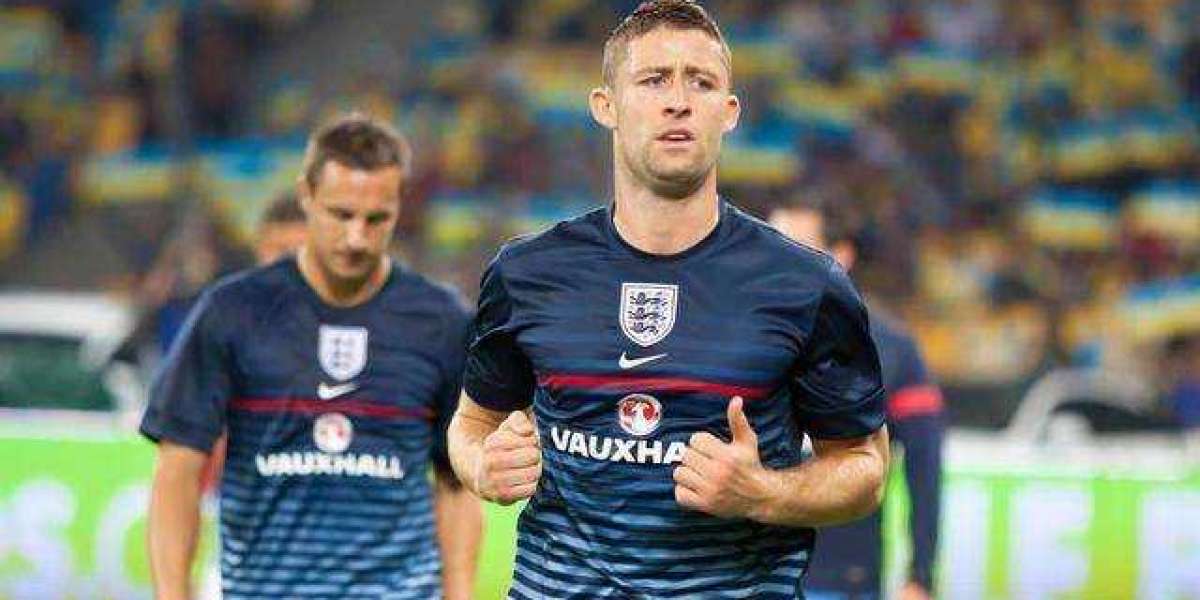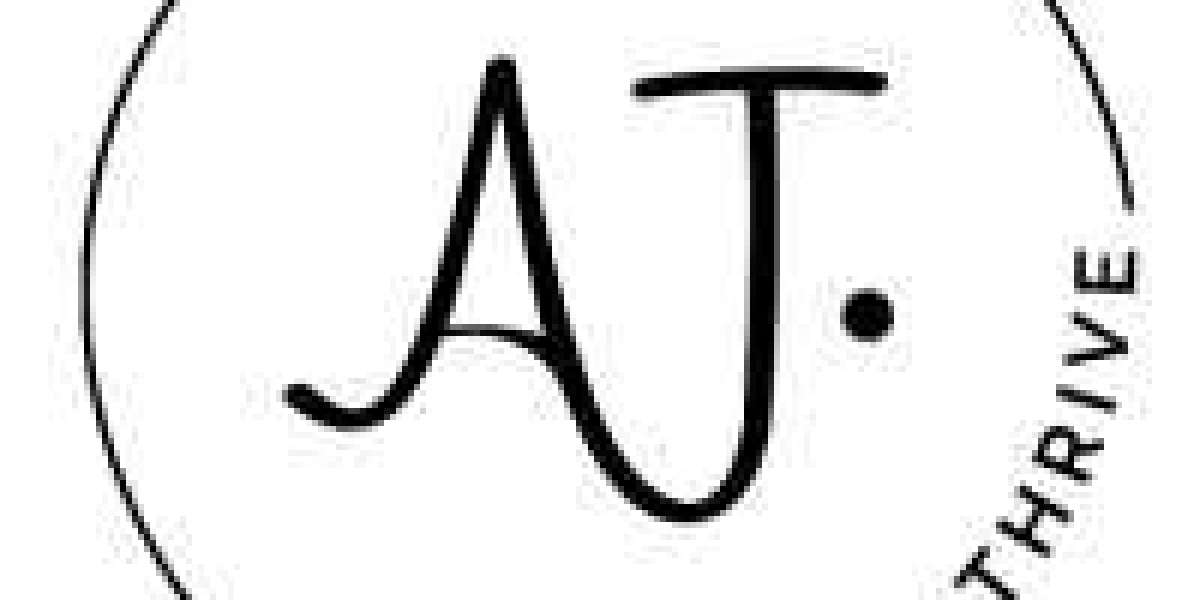Introduction:
In the midst of a world in transition and the fall of the iron curtain, the year 1991 marked a critical turning point as the Soviet Union, once a superpower that dominated the global stage, faced its own internal crisis. July of that year witnessed a momentous event that would forever reshape the geopolitical landscape and bring significant implications for the future of the world. The dissolution of the Soviet Union, leading to the birth of fifteen independent nations, captured the attention of the international community, symbolizing the end of an era and the beginning of new possibilities.
Description:
The tensions that ultimately led to the dissolution of the Soviet Union had been building for years, fueled by economic stagnation, political corruption, and demands for independence from various Soviet republics. July 1991 proved to be a pivotal month, as events unfolded that would accelerate the disintegration of the once mighty empire.
On July 1st, Aleksandr Yeltsin, the President of the Russian Federation, delivered a commanding and influential speech before the Congress of People's Deputies, criticizing the Communist Party's control and calling for radical reforms. Yeltsin's impassioned plea resonated with the public and strengthened his resolve to challenge the existing power structure.
In the following days, the Baltic states of Estonia, Latvia, and Lithuania, which had been under Soviet rule since World War II, declared their independence from the Soviet Union. The Baltic nations' desire for self-determination gained traction and international recognition, further undermining the Soviet regime's legitimacy.
Amidst growing unrest, on August 19th, conservative members of the Soviet government, who opposed democratic reforms, attempted a coup d'état to regain control. Led by high-ranking officials, including the Vice President Gennady Yanayev, they detained Mikhail Gorbachev, the Soviet President, in Crimea, and imposed a state of emergency throughout the Union.
However, the coup attempt backfired dramatically. Thousands of Russians took to the streets in protest, defying tanks and military units across major cities. Yeltsin emerged as a key figure in this resistance, rallying the people and standing against the coup leaders. The Soviet people's determination to protect their newfound freedoms and democratic ideals proved stronger than the military might of the coup plotters.
Within days, the coup collapsed. Gorbachev was freed, and the plotters were arrested and faced trial. However, the attempted coup further intensified the disintegration of the Soviet Union. The constituent republics, witnessing the vulnerability of the system, accelerated their demands for independence.
Finally, on December 25th, 1991, the Soviet flag was lowered over the Kremlin for the last time, and the Union of Soviet Socialist Republics ceased to exist. The Communist Party dissolved, and fifteen independent countries emerged from the ashes of the former superpower, including Russia, Ukraine, Belarus, and the Baltics.
The dissolution of the Soviet Union in July 1991 marked the end of an era that had shaped world politics for over seven decades. It gave rise to a new era of opportunities and challenges, with the emergence of independent nations and a reconfiguration of global power dynamics. This landmark event continues to influence the international order, serving as a reminder of the fragility and resilience of human aspirations for freedom, self-governance, and dignity.







